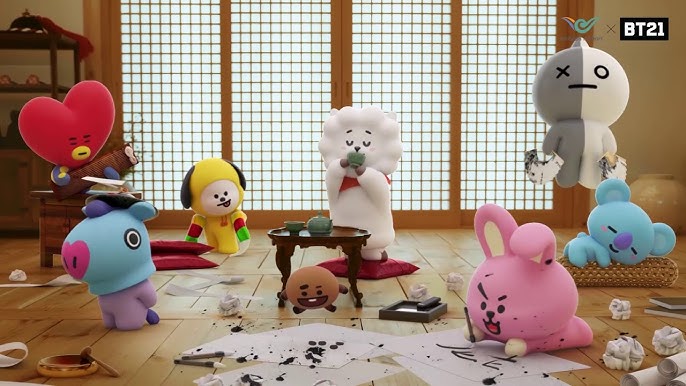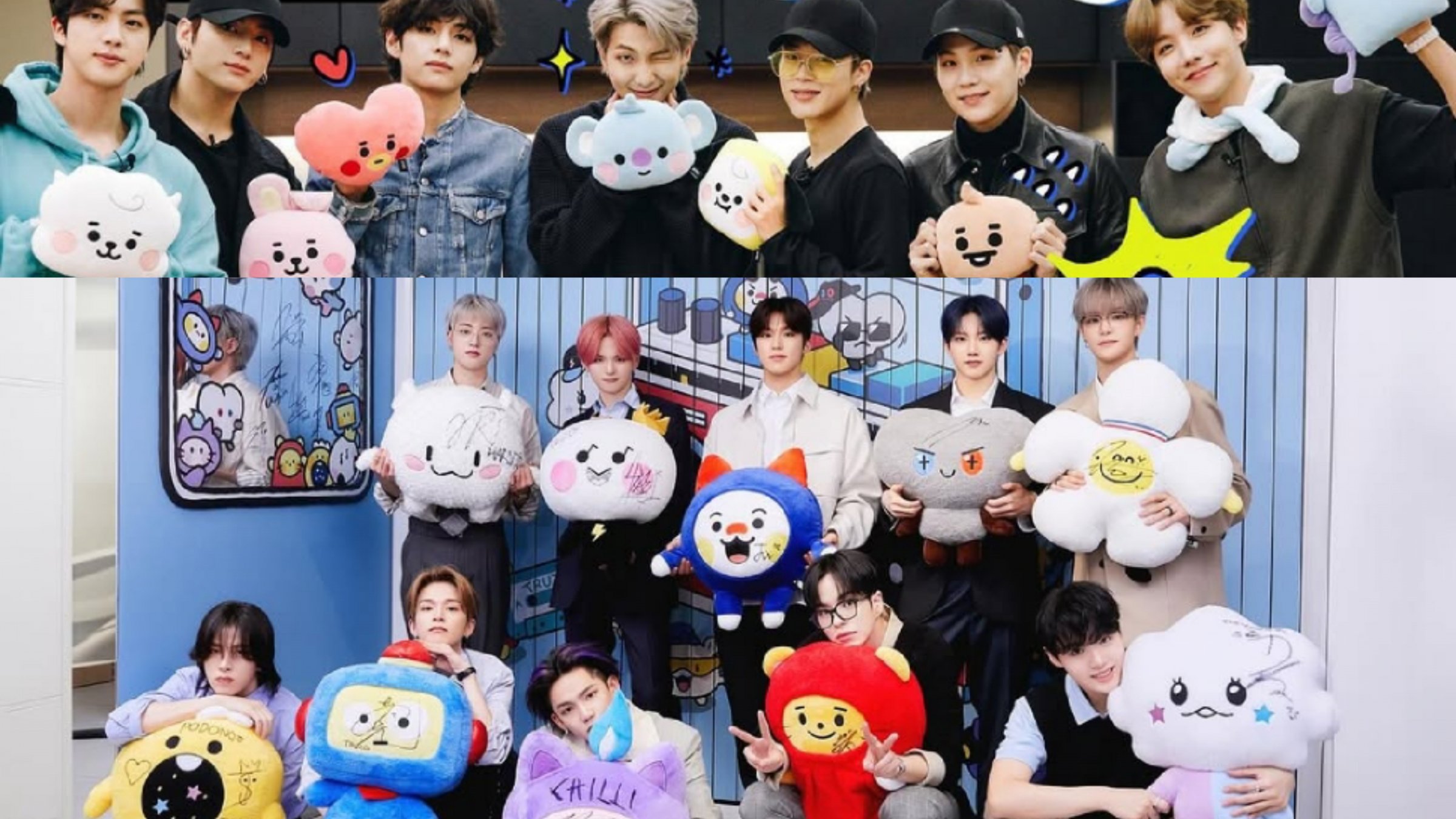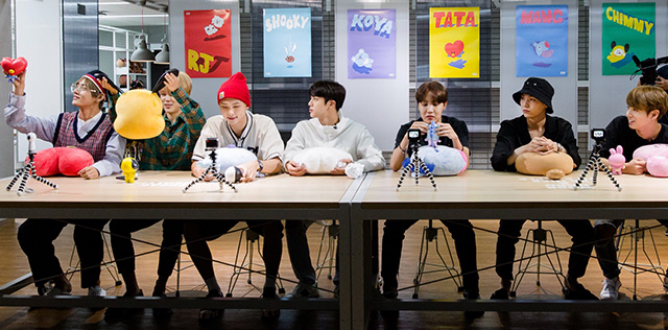
Why Every K-Pop Group Has Its Own Character?
Daebak InternsIf there's one thing that's true about K-pop, it's that it knows how to brand. From synchronized fashion to customized fandom names, everything in the business is designed to strengthen the connection between fans and idols. But in the past few years, a new dimension to that connection has been added: characters. Cute, cartoon-like mascots for idols and groups are now a key feature of the K-pop phenomenon. But why did this start, and why are all K-pop groups jumping onto the bandwagon?

Rises of K-Pop Characters
While K-pop groups themselves have had logos and visual ideas for quite some time, the rise of idol characters occurred around mid-2010s, when entertainment agencies started experimenting with ways to mix fan culture with merchandise. The turning point was 2017 and BT21, which is a collaboration between BTS and LINE Friends.

Each of the members developed their own character, from V's heart-headed alien Tata to Jungkook's bunny Cooky, giving fans an artistic extension of their idols' personalities. The idea went viral. Fans went head over heels for it because it wasn't just about buying merch, it was about connecting with a portion of the idols' imagination.
BT21's popularity ignited a trend across the entire industry. Overnight, K-pop groups weren't just musicians anymore, they were world creators, and their characters were a continuation of their music and their message.
From BT21 to SKZOO: The Mascot Boom
After BTS, many groups followed suit. Stray Kidz launched SKZOO, adorable animal copies of each member, from Bang Chan's wolf "Wolf Chan" to Han's quokka "Hanquokka." Fans loved that they represented each idol's personality traits, giving a personal touch that was more emotional than performances.

SEVENTEEN brought their doodle-mascots out at fan meetups, converting inside humor into lasting symbols. TXT, ATEEZ, and ENHYPEN have also adopted custom characters, using them for albums, merchandise, and even animated clips.
Others even created their own virtual worlds, like SM Entertainment's KWANGYA, where artists' avatars and AI duplicates share the same virtual space. Characters are no longer cute, they're part of storytelling and branding.
Why Fans Love Them
K-pop characters thrive because they combine two things fans enjoy: aesthetic appeal and emotional connection. These mascots embody the playful, creative spirit of idols and give fans something concrete to collect, draw, or wear.

Characters also make the fandom more available. Even for fans who aren't able to attend concerts or buy albums, they can interact with mascots using apps, animations, and webtoons. It's like having a little piece of your favorite group in your pocket with you all the time, no language barrier, no distance.
And let's be real, in a culture that idolizes aegyo (cuteness), these characters embody the K-pop spirit so perfectly: colorfully bold, heartbreakingly emotive, and unmistakable.
Cute Side of Business
At the back of cuteness is strategic marketing. K-pop characters open up channels for global collaborations, from fashion to technology. BT21 collaborated with UNIQLO, Converse, and even McDonald's. SKZOO plush toys become sold out minutes after being restocked.

These characters also bring K-pop to younger audiences, casual listeners, and even fans who just find them cute. It's a play from a playbook that mixes storytelling, merchandise, and emotional branding, something the K-pop industry does better than anyone.
The Future of K-Pop Characters
As we continue to develop technology, already we're seeing a new round of this trend. AI idols like MAVE: and PLAVE not only have their own character personas but eliminate any distinction between real and virtual talent. More animated shows, metaverse festivals, and character crossovers are on the horizon.

The argument is made: in K-pop, the music will draw you in, but the characters keep you hooked.
Final Thoughts
From BTS's BT21 to Stray Kidz' SKZOO, K-pop characters have revolutionized how fans interact with their idols. They're not mere mascots, they're metaphors for creativity, collectivity, and the playfulness of Hallyu culture. Whether a plushie, sticker, or cartoon movie, each character is a story, one that's a reminder for fans across the globe that in K-pop, anything, even cartoon, can be laden with meaning.

